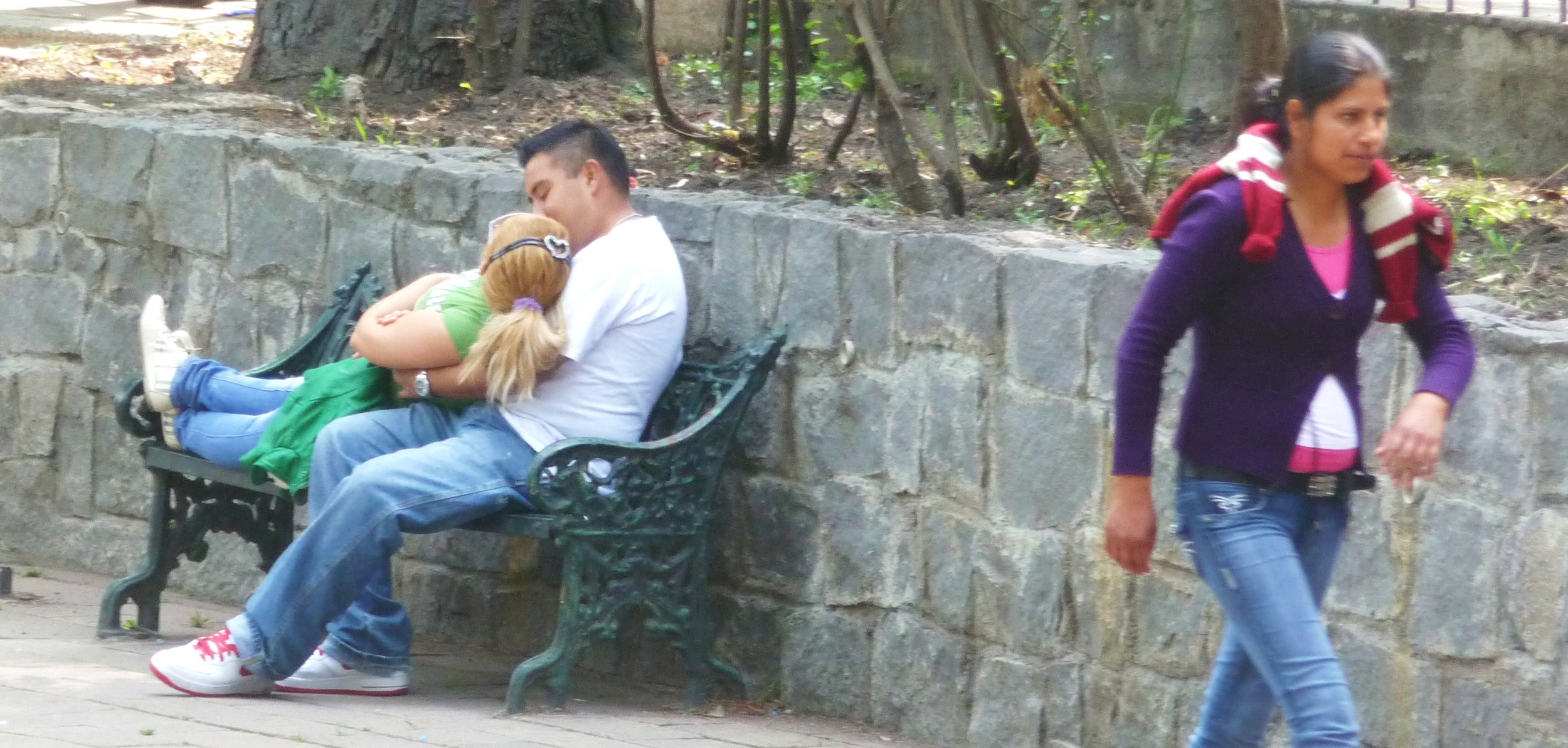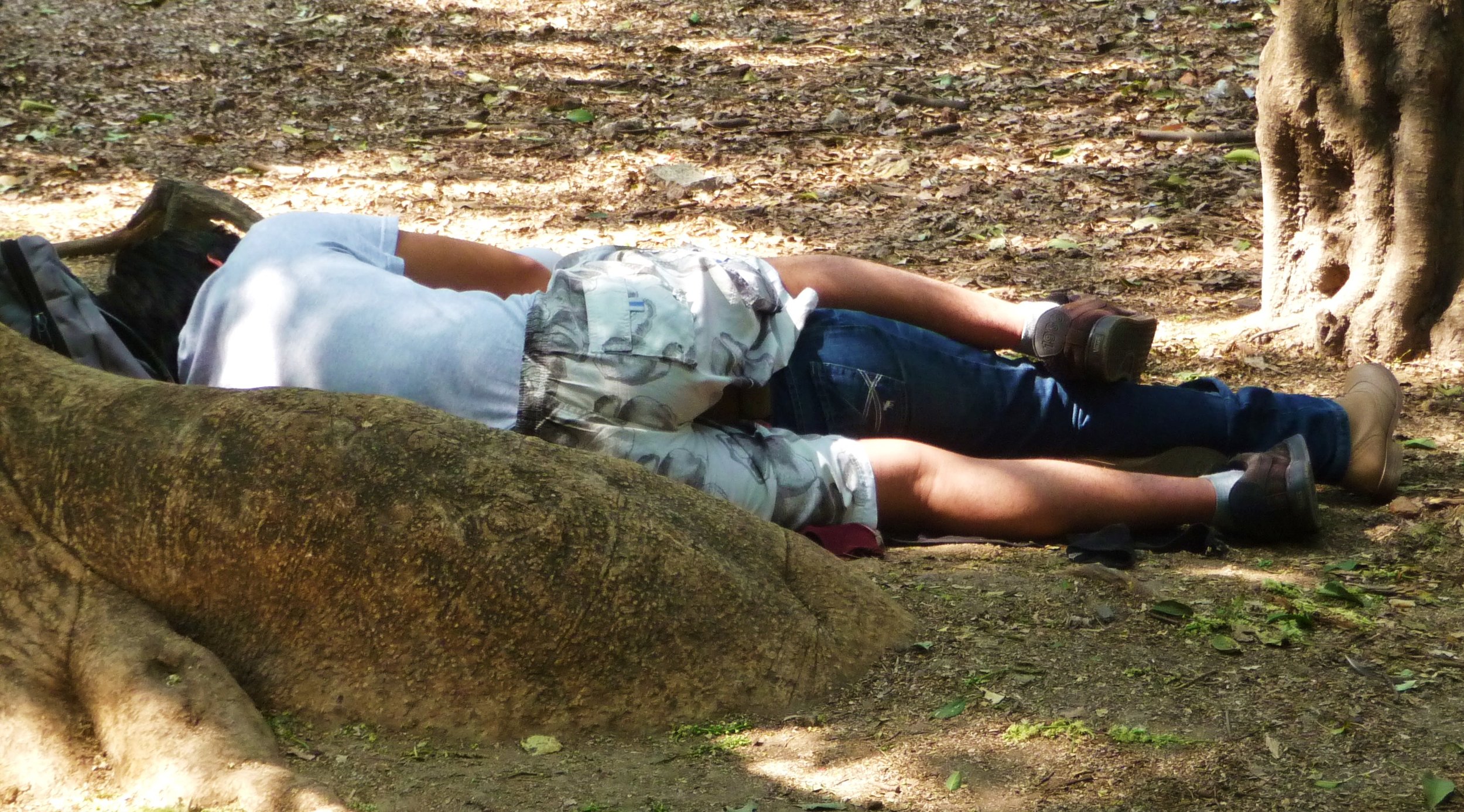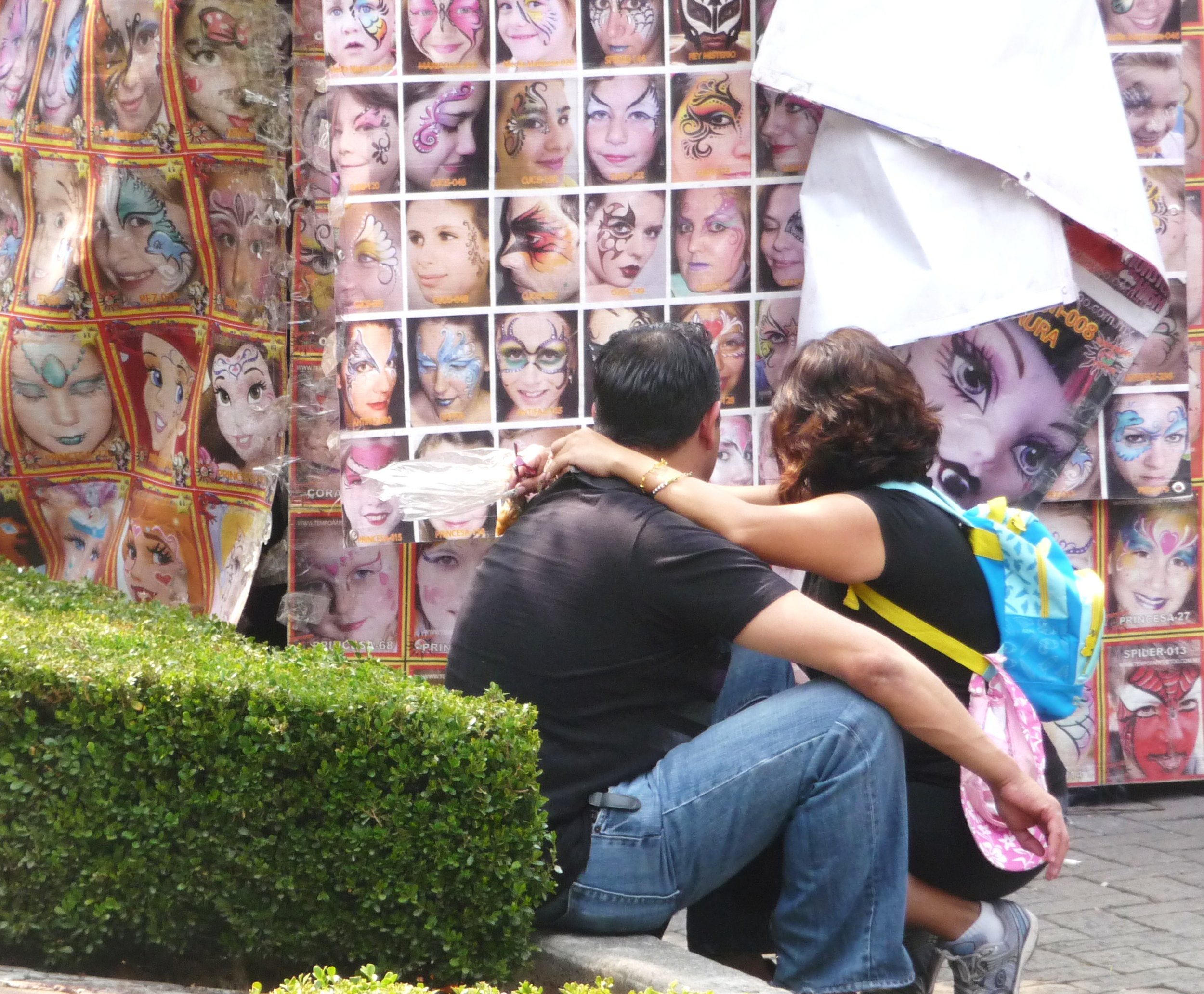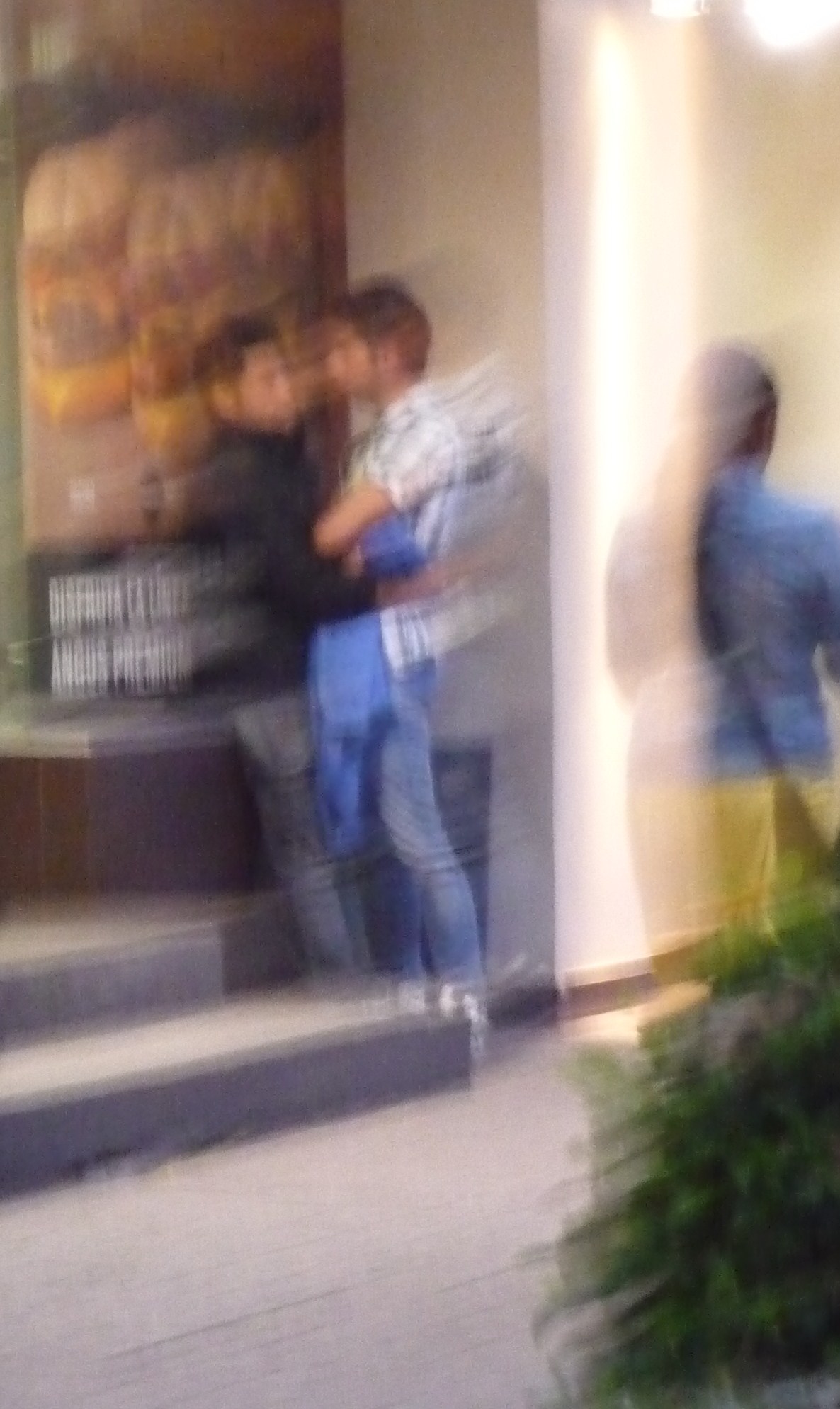 In 1990 when I came to live in Mexico City I was taken aback by the existence of a café called Snob. In the first place, because "snob" is a word in English. (As a recent arrival I was not yet aware of establishments here with names like Dryclean USA, Bar Oxford and Baby Creysi.)
In 1990 when I came to live in Mexico City I was taken aback by the existence of a café called Snob. In the first place, because "snob" is a word in English. (As a recent arrival I was not yet aware of establishments here with names like Dryclean USA, Bar Oxford and Baby Creysi.)
Secondly, I could not ignore the pejorative connotations of the word. The term "snob" became generalized with the publication in 1848 of William Makepeace Thackeray's Book of Snobs. According to the drily comic novelist, a snob was a nobody of generally unbearable temperament who, in the most vulgar possible manner, imitated the well-to-do and insisted on his superiority to people from the lower classes. It was hardly a word with which one would want to be identified.
But there, among the shops on the ground floor of a California Colonial apartment complex called the Paisaje Polanco, was a café that proudly invited its clientele to identify itself with that term. And it seemed there was no shortage of señoras of a certain age who were happy to include themselves among the snobs of the neighborhood. All this while drinking coffee and eating excellent, European style pastries, such as apple strudel, chocolate mousse and a delectable dark-chocolate cake. Sitting among them over an espresso turned into a guilty pleasure.
The world has changed a lot in the last twenty years. Mexico City now has more cafés than anyone could possibly aspire to visit. I hadn't been to Snob in many years, and perusing the menu on a recent visit I found out that the place has turned into merely the flagship of a mini empire, with six restaurants, a catering service and even a web site.
Some things remain the same. I sat and had a coffee and at a nearby table were the same kind of señoras that used to visit two decades earlier -- maybe they indeed were the same, preserved in wax. And the experience of a stolen hour on a sunny afternoon, watching the other snobs of the neighborhood walk by in the Pasaje Polanco, was as delicious as ever.











